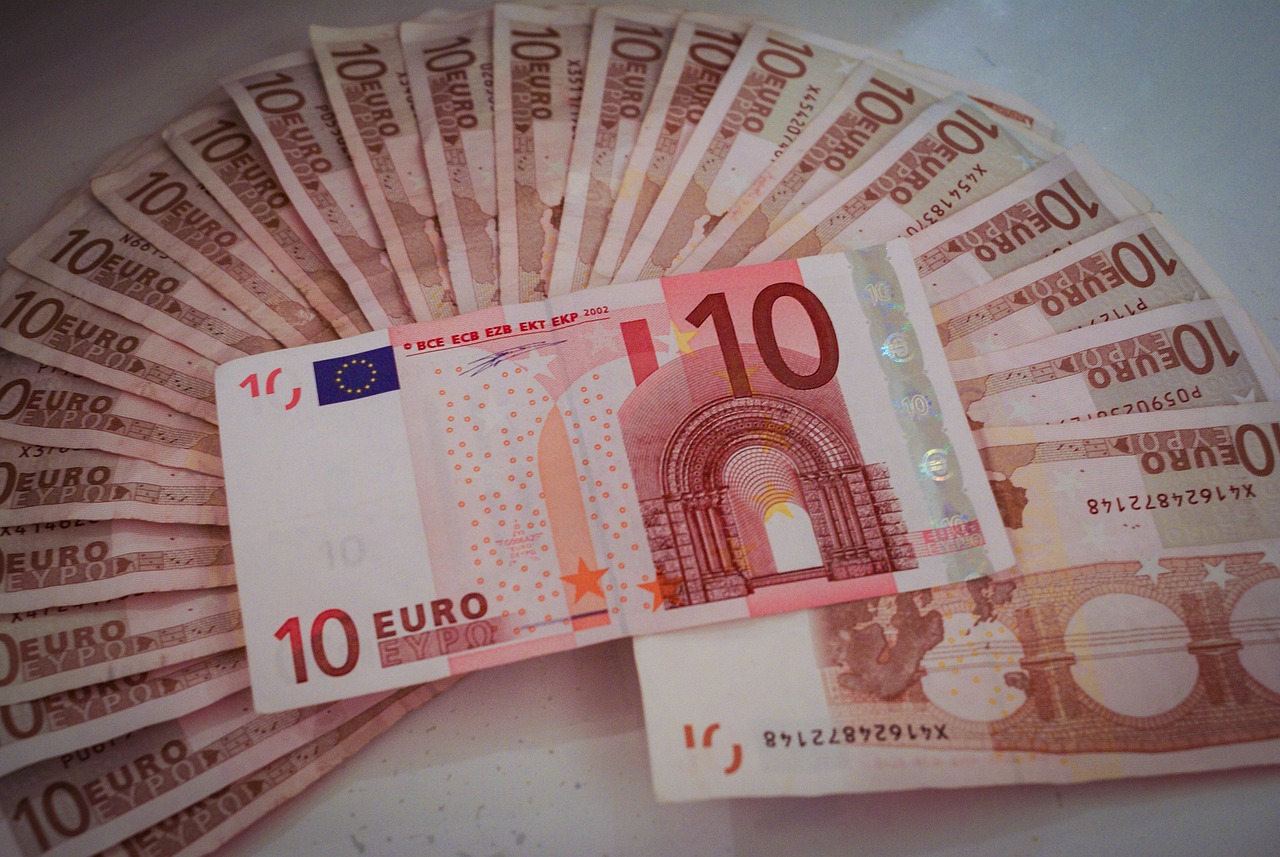Introduction
In a move that has sent shockwaves through financial markets, the European Central Bank (ECB) recently made a bold decision to raise interest rates to the highest level seen since the turn of the century. This significant policy shift reflects the ECB’s commitment to maintaining economic stability, managing inflationary pressures, and fostering sustainable growth. In this article, we will explore the rationale behind this decision, its potential impact on various stakeholders, and its implications for the broader economy.
Understanding the ECB’s Interest Rate Adjustment
The Significance of Interest Rates
Interest rates play a crucial role in the economy, serving as a tool for central banks to regulate borrowing costs, stimulate or curb economic activity, and control inflation. The ECB’s decision to raise interest rates underscores its objective of achieving price stability and maintaining a balanced financial environment.
The ECB’s Interest Rate Hike
On [Date], the ECB announced a momentous decision to raise interest rates, marking the highest level observed since the beginning of the 21st century. The key interest rate, which serves as a benchmark for borrowing costs, experienced a notable increase, signaling a departure from the accommodative monetary policy stance adopted in recent years.
Factors Driving the Interest Rate Hike
Economic Considerations
The ECB’s decision to raise interest rates is rooted in a comprehensive assessment of the prevailing economic conditions in the Eurozone. The region has witnessed robust economic growth, declining unemployment rates, and increased inflationary pressures. This adjustment in interest rates is aimed at preemptively curbing inflation and maintaining price stability.
Global Economic Trends
The ECB’s move to raise interest rates also reflects the broader global economic landscape. Central banks around the world, including the Federal Reserve in the United States, have begun normalizing their monetary policies after a prolonged period of low interest rates. The ECB’s decision aligns with this global trend of gradual monetary tightening.
Implications and Potential Outcomes
Impact on Borrowers and Savers
The interest rate hike implemented by the ECB will have direct implications for borrowers and savers. Borrowers, such as individuals and businesses, may experience higher borrowing costs, which can influence investment decisions and consumer spending. On the other hand, savers may benefit from increased returns on savings and other fixed-income investments.
Currency Exchange Rates and Trade Dynamics
Changes in interest rates can influence currency exchange rates and trade dynamics. The ECB’s decision to raise rates may lead to a stronger euro, as higher interest rates make Eurozone assets more attractive to foreign investors. This can impact the competitiveness of Eurozone exports and influence trade flows with other countries.
Financial Market Reactions
The ECB’s interest rate hike can result in increased volatility in financial markets. Investors closely monitor central bank decisions, and a significant rate adjustment can affect stock prices, bond yields, and other asset classes. The reaction of market participants will depend on their assessment of the ECB’s decision and its potential implications for future monetary policy actions.
Conclusion
The European Central Bank’s decision to raise interest rates to the highest level observed since the turn of the century marks a significant step towards achieving its monetary policy objectives. This bold move demonstrates the ECB’s commitment to maintaining price stability, managing inflationary pressures, and aligning with global economic trends. As the effects of this interest rate hike unfold, borrowers, savers, businesses, and investors will closely monitor its impact on borrowing costs, currency exchange rates, and financial market dynamics. The ECB’s decisive action signals.











